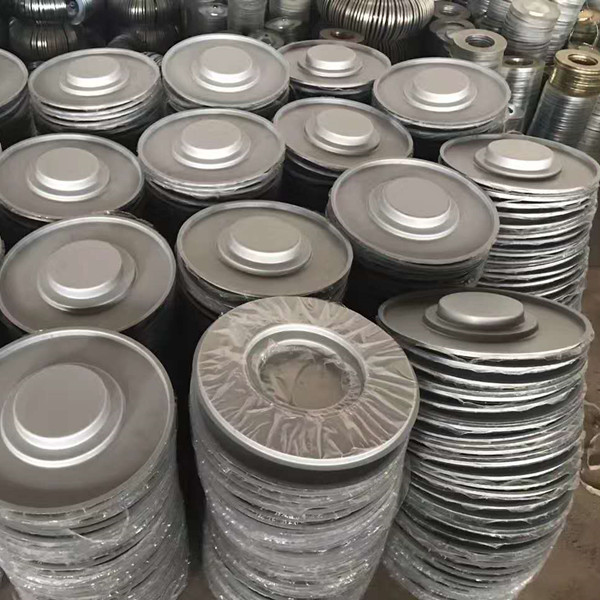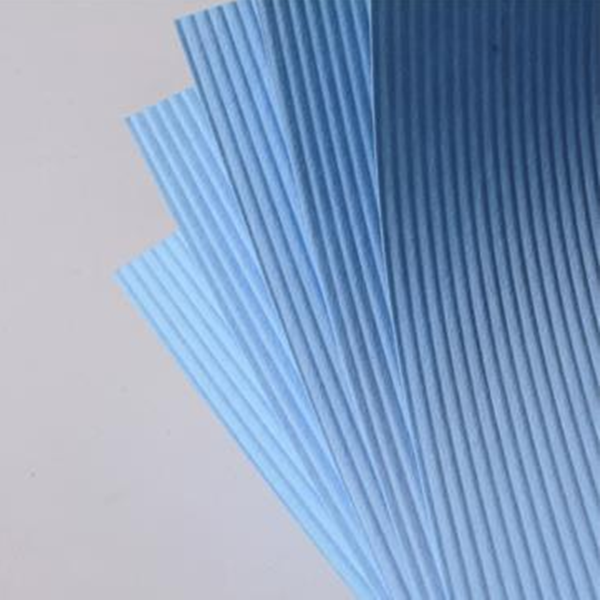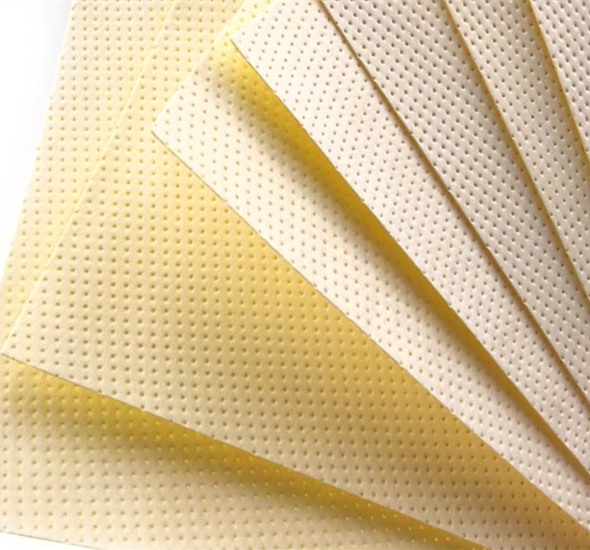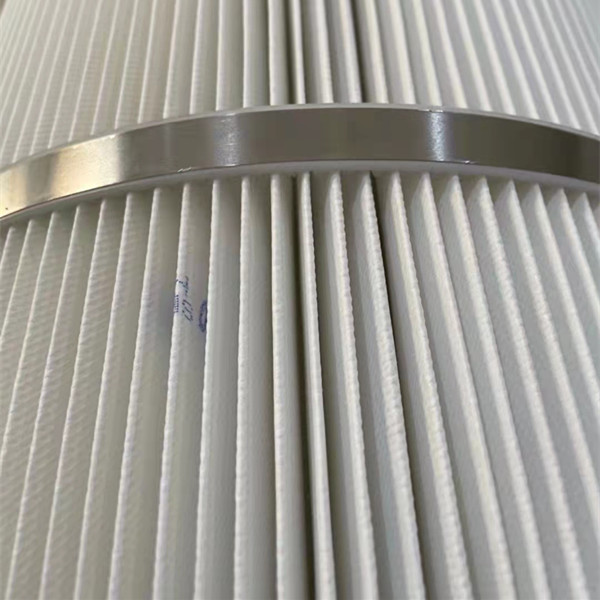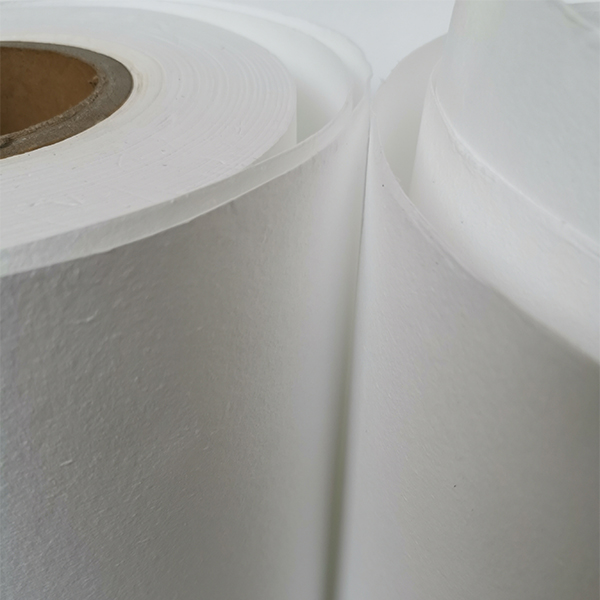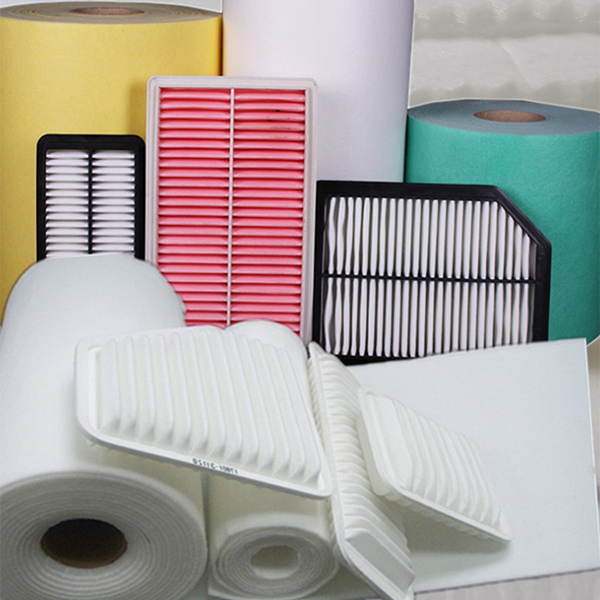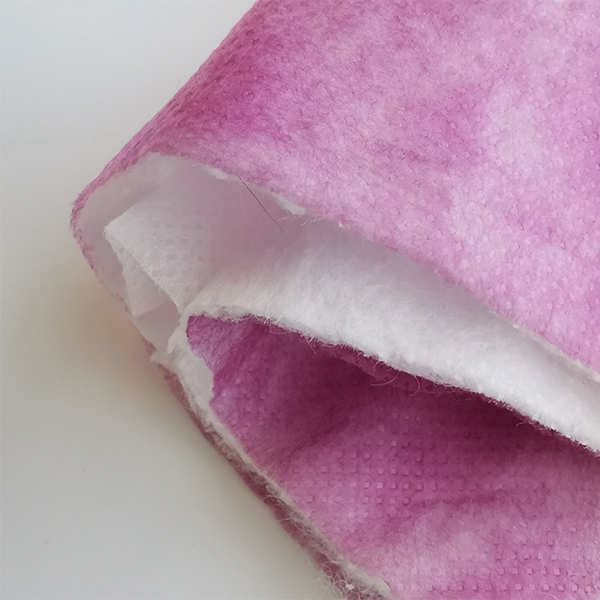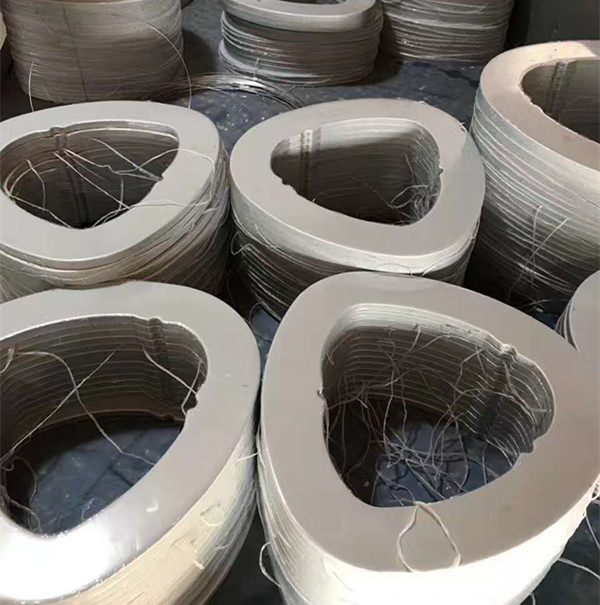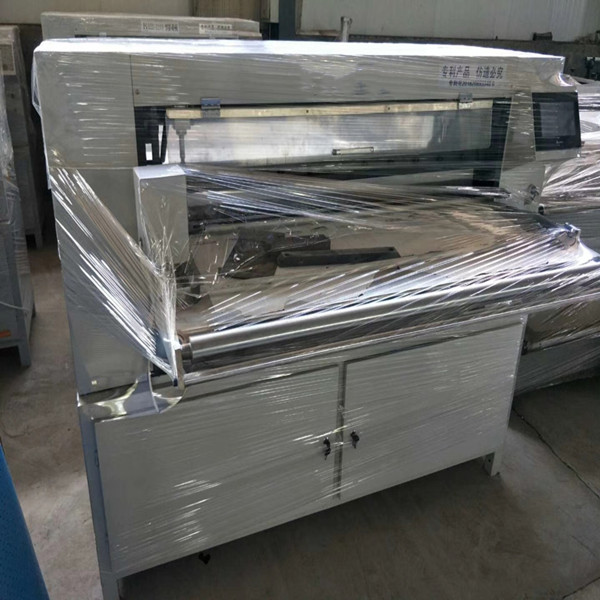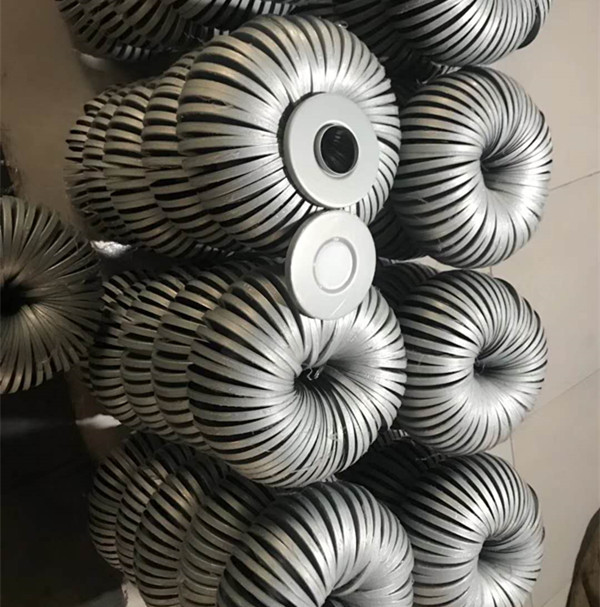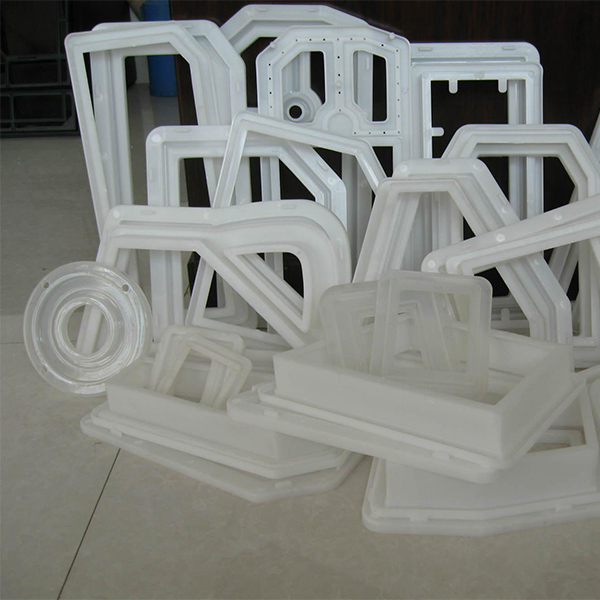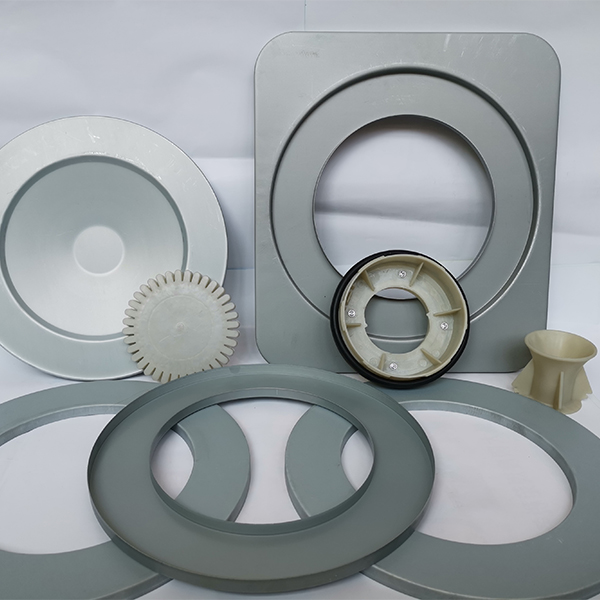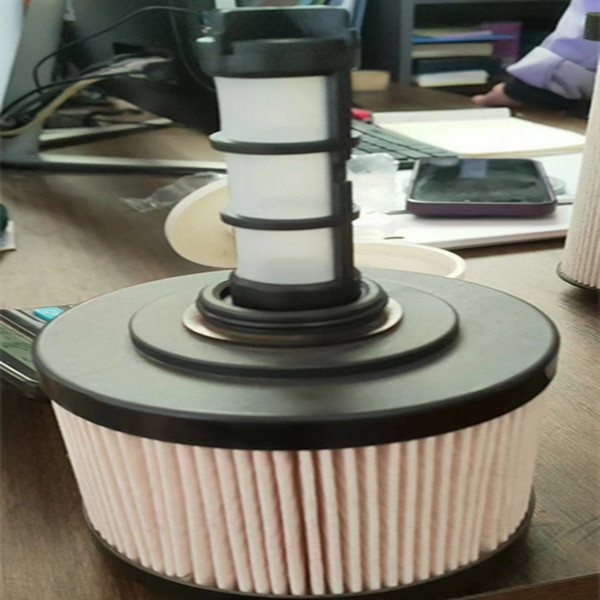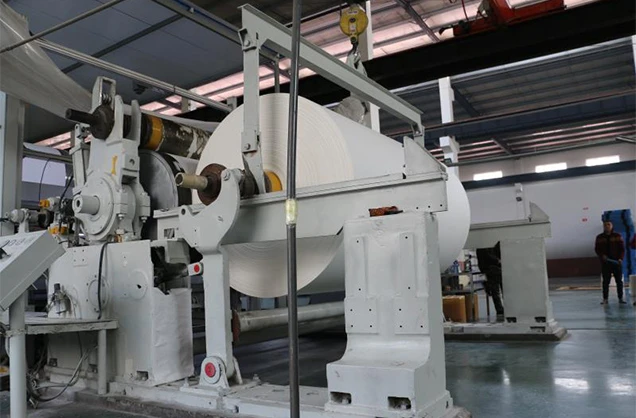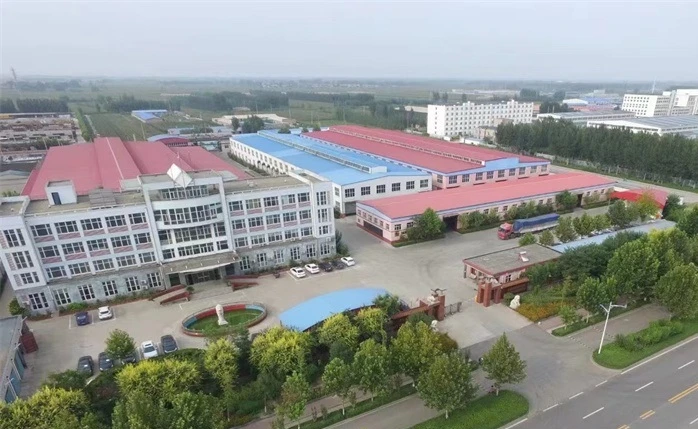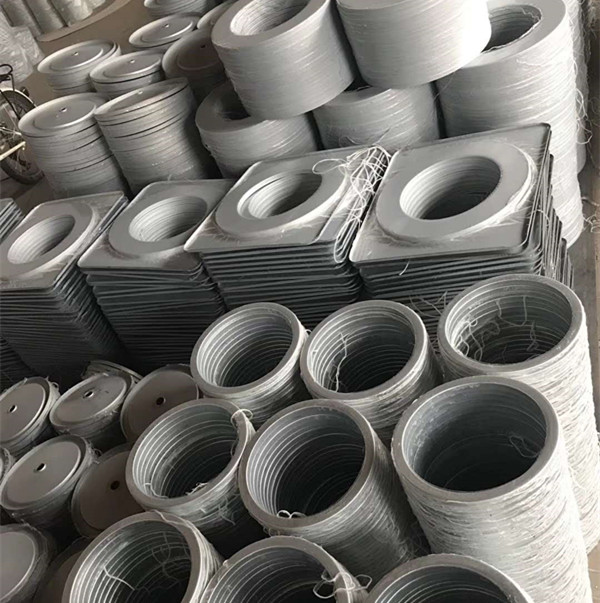In the era of deadly airborne viruses, air purification equipment has now shown various shapes and sizes. At last month’s Consumer Electronics Show CES, the company introduced a new portable air filter device for your bedside, cup holder, table top, meeting room, and even hanging around your neck. Although each of these devices can purify the air, the problem is that none of them can ventilate. Science increasingly shows that if you are serious about stopping the spread of the coronavirus, masks, social distancing and opening windows may do more than expensive electronic purification equipment.
Most air purifier designs use the same basic method. There is a filter and fan. The fan draws in and circulates air through the filter. The filters in these types of equipment are usually made of paper, fiber (usually glass fiber) or some type of net, which allows it to remove contaminants such as dust and pollen well, but cannot remove gas or less. particle. It is important to remember that the work efficiency claimed by the air purifier manufacturer is accurate after laboratory testing, but it is almost impossible to recreate the specific laboratory conditions. The location, installation, flow rate and running time of the purifier will greatly affect its working effect. Ventilation is usually a big problem. After the air is “purified”, the fan circulates it out, but the air is not ventilated to other areas of the space. Therefore, air purifiers often repeatedly purify the same air in their vicinity. The smaller the device, the greater the basic problem.
Nharaunda yezvekurapa haisati yave nechokwadi kuti mangani maturusi ekuchenesa mweya anobatsira kumisa kupararira kweiyo coronavirus. Hapana kupokana kuti vanogona kubatsira vanorwara nechirwere che allergy uye vakashandiswa kwemakore mazhinji, asi kusefa zvinhu zvezvikamu zvidiki zvine COVID-19 zvakanyanya kuoma. Hapana chiremba anoti michina inotakurika yekuchenesa mhepo inogona kugadzirisa dambudziko iri. Nyanzvi dzinokurudzira kupfeka masiki uye kugara kure nenharaunda semutsetse wekutanga wekudzivirira. Zviri nyore kuona kuti COVID-19 zvimedu hazvipindi mumhepo pane kuzvisefa mushure mekunge zvaparadzirwa. Zvisinei, michina yakawanda yekuchenesa mhepo haina kukuvadza mamiriro ezvinhu aya.
More useful than filtration is to increase ventilation. Studies have shown that keeping the air “fresh” is one of the best ways to stop diffusion. Known as air change, the rate at which air is completely replaced in a space is a key indicator of the level of symbiosis risk. The more changes in the air, the better. Mayo Clinic professor and researcher Dr. Mark Ereth explained in our recent “Flexible Workplace” report how much air is needed to pass through a room to help eliminate ultrafine particles such as COVID-19. In an office building, there are several times an hour every three to six minutes,” he said. There is evidence that, with the aid of a central ventilation system, air purifiers increase the air exchange rate or volume. But open the windows is also like this.
Ndinongoda kukupa pfungwa. Mukamuri rokuvhiyira, mhepo inochinjwa maminitsi matatu kusvika matanhatu oga oga, nepo muchivako chehofisi, inochinjwa kakawanda paawa.
“The most important thing to consider when buying an air filter is whether the space you want to use in it already has good ventilation-then the air filter won’t increase too much,” Dr. Shelly Miller, an environmental expert, Colorado An engineer at the University of Boulder told Webmd that his research focuses on the spread of airborne diseases.
Kuti zvive zvakanyatsojeka, zvakaoma kudzidza kuti ungazarura sei hwindo kuti uchinje mhepo. Kuyerera kwemhepo munzvimbo yemukati kwakaoma kuenzanisira kana kufanotaura. Mucherechedzo wekuvaka wakanakisa munyika wakaoma kugadzirisa dambudziko rekuvhurwa kwemafafitera nekuti hurongwa hwekufambisa kwemhepo hwakaoma kwazvo. Kubvisa mhepo yemukati inogona kunge iine COVID-19 ine hutachiona-isina mhepo yekunze inoderedza kuzara kwehutachiona mumhepo, nekudaro ichidzikisa mukana wehutachiona. Vatsvagiri vachiri kunetsekana kuti vaone kuti yakawanda sei kufefetedza uye kuti ndeipi mhando yakanaka. Hapana kubvumirana kwakakwana munharaunda yezvokurapa.
Columbia University virologist Angela Rasmussen told Vox: “There is no perfect “safe” level of ventilation because we actually don’t know what “safe” is because we don’t know how much exposure will cause spread.”
Kusave nemhinduro dzese hakuna kunaka, asi zviri nani pane kunyepedzera kunge une mhinduro. Kutendeseka pane zvingashanda kana kusashanda kunogona kubatsira vanhu kuita sarudzo dziri nani dzekugara wakachengeteka. Kufanana nemisoro yakawanda ine chekuita nemhepo yekuchenesa, misoro haina. Zvakanakisisa, vanogona kurangarirwa nepfungwa yekuchengeteka. Mumamiriro ezvinhu akaipisisa, ionizers, plasma generator uye electrostatic precipitators inogona kuunza njodzi dzakanaka. Midziyo iyi inochaja zvimedu zvekuti zvinonamira kumusoro pachinzvimbo chekuyangarara mumhepo, zvichigadzira ozone sechigadzirwa.
ASHRAE, a professional association that specializes in setting standards for ventilation and air-conditioning, said that when using equipment that may generate large amounts of ozone (respiratory tract irritant) as a by-product of its operation, “must be extra careful.” HEPA and ASHRAE recommend avoiding the use of any air purification devices that produce ozone as a by-product of cleaning indoor air in living spaces.
Maitiro akanakisa emhepo yakachena anotenderera nemhepo. Muhofisi yemazuva ano, kuvhura mahwindo kunogona kunge kusingakwanisi nekuda kwezvikonzero zvakawanda. Kazhinji, mahwindo haagone kuvhurwa zvachose. Muchiitiko ichi, iwe unogona kuve nechokwadi chekushandiswa kwemhando yepamusoro yekusefa kwemhepo. Sezvo isiri-ozone-based air filtration isingaburitse zvinokuvadza, izvo chete zvisingabatsiri zveinotakurika air filtration michina inodhura uye ruzha. Iyo yakachena mweya yekufambisa mwero (CADR) yemudziyo inokuudza zvakanyanya kushanda kwayo. Chiyero ichi chinotarisa kushanda kwesefa uye simba refanhi kuona kuti mhepo yakawanda sei inoyerera nepasefa. Iyo yakakwirira yeCADR, iyo yakakura nzvimbo yekuchenesa. Kutenga midziyo yakakodzera chete kuona saizi yekamuri yakakodzera. Rangarira, iyo yakakura mudziyo, iyo yakasimba fan inotenderera mhepo, uye iyo inonzwika inonzwika. Munzvimbo yehofisi, ruzha rukuru runofanira kufungwa. Mutengo wepamusoro weHEPA air purifier unotanga pamadhora mazana maviri, uye mutengo wayo unowedzera sezvo CADR inowedzera. Vamwe vanhu vanotovaka yavo yekuchenesa mweya nekusunga MERV mafirita kubhokisi mafeni nemari isingasviki madhora makumi matatu.
Paunenge uchibata nemidziyo ine zvinodiwa zvekurapa, zvinogara zvakakosha kuparadzanisa chokwadi kubva kungano uye kubatsirwa nekushambadzira. Vagadziri vezvigadzirwa vachitarisira kuwana purofiti kubva mukudiwa kukuru kweCCIDID-19 yekudzikisa michina yakazadza musika nemidziyo inotakurika yekuchenesa mweya. Nyanzvi dzinotenda kuti michina yemhando yepamusoro haizokuvadzwa. Zvinogoneka kuita zvinonatsa mweya nekushandisa mazana kana kunyange zviuru zvemadhora pamidziyo yekuchenesa mweya, asi isu tingasaziva kuti zvingani. Mhinduro iri nani ndeyekupfeka mask, uye kana zvichibvira, vhura hwindo.
Propmodo inotsanangura uye inotsanangura maitiro evatengesi vezvivakwa nekubatanidza nhau, tsvagiridzo, zviitiko uye masevhisi ekushambadzira.
• We believe that the future will be defined by leaders who understand the general environment of the real estate industry.
• We believe that the commercial future of real estate lies at the intersection of technology and marketing.
• We believe that the creative future of real estate lies in the intersection of user experience and design.
Nguva yekutumira: Mar-16-2021


